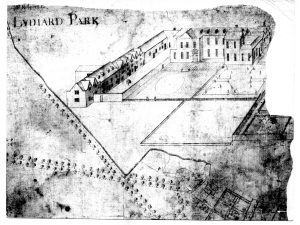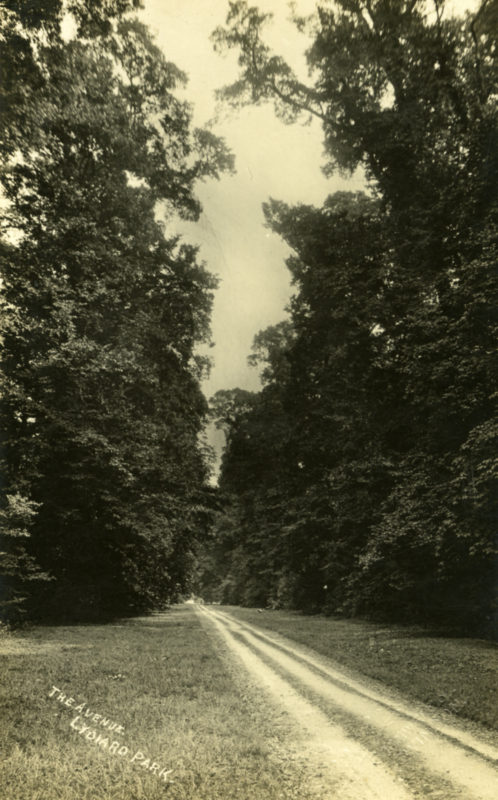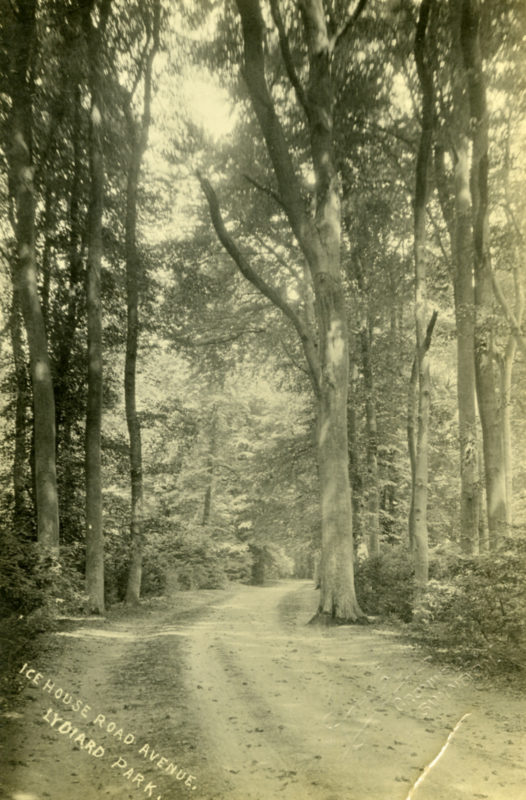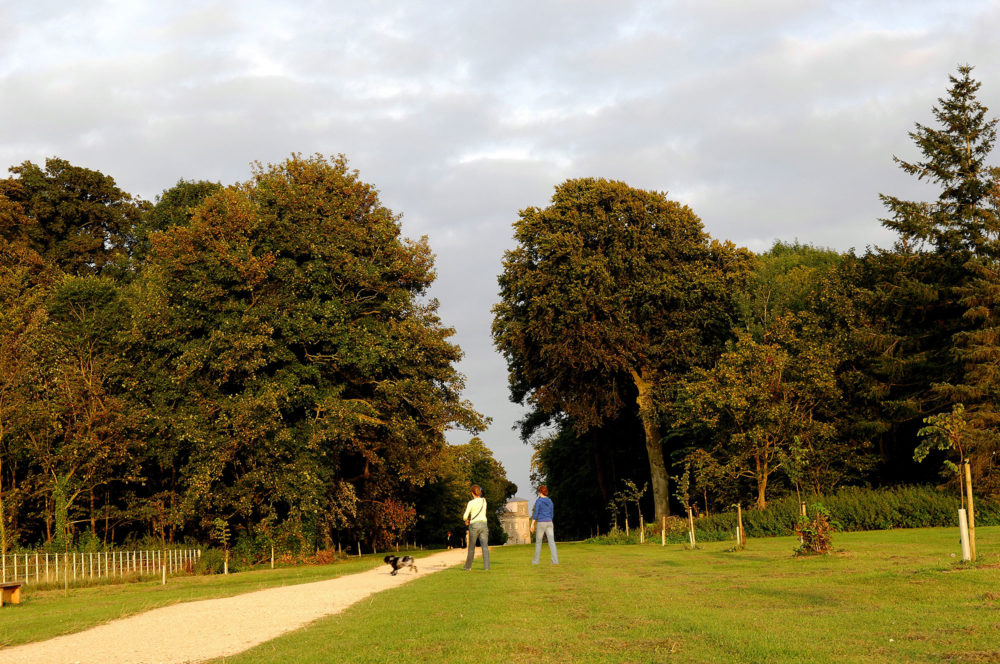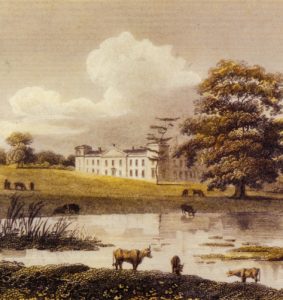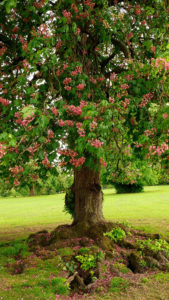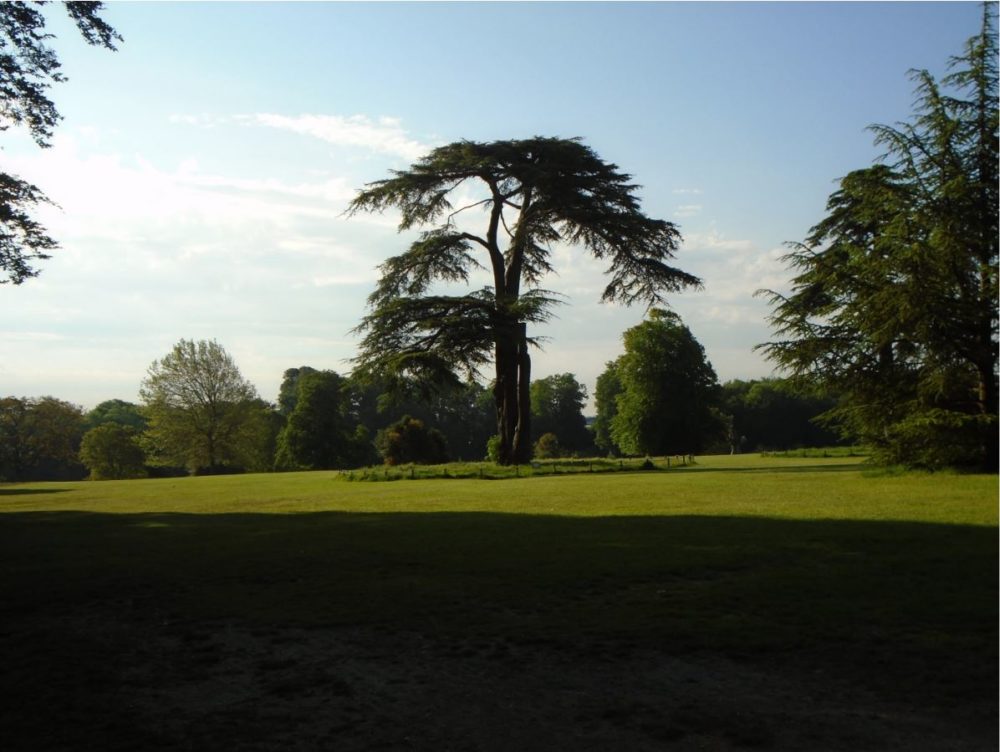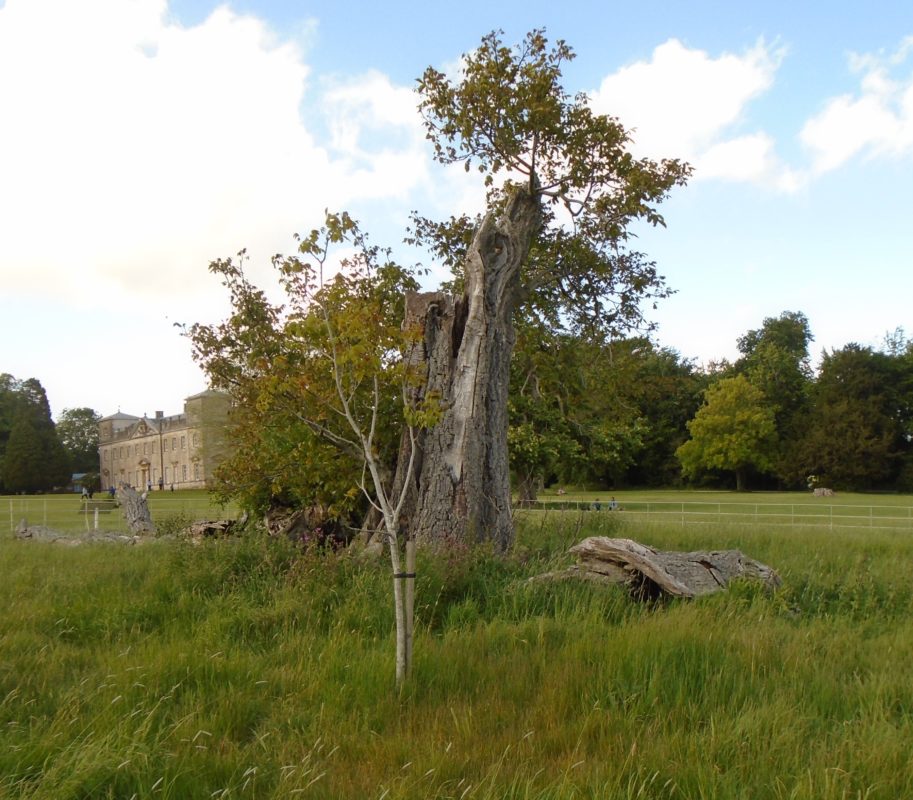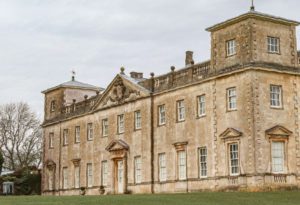The Forest of Braydon and Lydiard Park’s Veteran Trees
The great Forest of Braydon originally extended across North Wiltshire, covering much of the ground that is now occupied by Swindon, and the land that was to become Lydiard Park. The Domesday Book of 1086 records that the manor of Lydiard included woodland 1 league long and half a league in breadth. By the 13th century Braydon was the second largest forest providing timber trees in the whole of England and it also abounded with red and fallow deer. In 1254-56 King Henry III gave Lydiard’s owner, Robert Tregoze, 44 deer from the Royal Forest of Braydon to restock the park at Lydiard.
Whilst the forest was cleared by the reign of King Charles II, trees remained an important part of the landscape. The Lydiard estate had grown over the centuries and in the 1600’s, Sir John St. John created formal gardens surrounding his medieval manor house including three formal avenues, one being the main approach to the house, which is replicated in today’s grand avenue of lime trees stretching out into west park and the woodlands beyond.
In 1808 a view by Nash in ‘Britton’s Beauties of England and Wales’ shows Lydiard’s mature parkland landscape described thus: ‘The attached grounds are extensive and contain many large clumps of trees, among which is a great number of oaks.’ Trees got another mention in 1826 when despite the house and park’s air of neglect, William Cobbett recorded that ‘the land is some of the finest in the whole Country; the trees show that the land is excellent.’
The park fell into increasing neglect as the nineteenth century progressed as the St. John family fortunes declined. By the early 20th century, many of Lydiard’s parkland trees were lost, compounded in 1928 when a huge storm blew down many more, including an ancient oak. After the sale to Swindon Corporation in 1943 the remaining usable timber appears to have been felled, explaining why Lydiard has relatively few veteran trees left.
Today, Lydiard Park has been replanted and the majority of the trees are between 25 and 70 years old. In 1979, the council planted nearly 8000 trees to replace those lost to Dutch Elm disease and the 1976 drought, and more were added in in 2005-7 as part of the council’s landscape restoration project. Amongst these remain some of the veteran trees of the past, mainly the Cedar of Lebanon on the front lawn, Horse Chestnut, Red Horse Chestnut, Lime, Sycamore, Beech and Yew. A few ancient oaks remains in the west and north of the park, where one of the alder trees is also a veteran approaching 100 years old. In the south of the park there are a number of beeches that vary between 75 and 225 years old!
Veteran and old trees are very important. At Lydiard they provide a historic record of the 18th and 19th century plantings and landscape design and are a source of aesthetic, landscape and spiritual inspiration. Equally importantly they act as a wildlife habitat for fungi and insects, nesting birds and feeding woodpeckers and as potential bat roosts.
Lydiard’s most recognisable veteran tree, the Cedar of Lebanon in front of Lydiard House was planted in the middle of the 19th Century, its huge canopy once sweeping low over the grass. Over the years great branches have been lost to storm damage or more recently removed to aid the trees longevity and public protection. Though a shadow of its former self it remains an immediately recognisable feature of Lydiard landscape. The remains of a great walnut tree is now ring fenced near the lakeside, another reminder of past glories.
